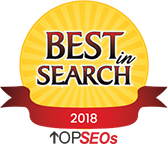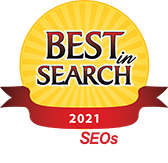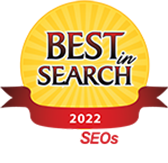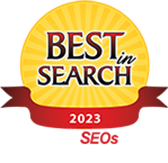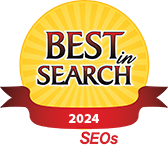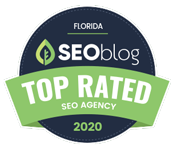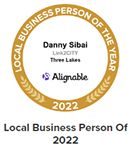ADA compliance tools assess accessibility
Yes, there are several specific tools and resources available to help you assess and evaluate your website’s current level of ADA compliance. Ensuring that your website is accessible to all users, including those with disabilities, is essential for providing an inclusive online experience. Here are some popular accessibility evaluation tools and resources:
1. Web Accessibility Evaluation Tools (WAVE):
WAVE is a widely used web accessibility evaluation tool provided by WebAIM (Web Accessibility In Mind). It helps you identify accessibility issues on your website by providing visual feedback and highlighting elements that may cause problems for users with disabilities. WAVE evaluates your website against the Web Content Accessibility Guidelines (WCAG) and offers a breakdown of errors, alerts, and features that need attention.
2. aXe Accessibility Testing Engine:
aXe is an open-source accessibility testing engine developed by Deque Systems. It integrates with various web development tools and browsers, allowing developers to test their websites for accessibility issues directly from their development environments. aXe provides detailed accessibility reports and highlights issues related to ARIA (Accessible Rich Internet Applications) and other WCAG guidelines.
3. Lighthouse:
Lighthouse is a powerful tool built into Google Chrome’s developer tools. While primarily used for performance audits, it also includes an accessibility audit feature. Lighthouse evaluates your website’s accessibility against the WCAG guidelines and provides a comprehensive report with suggestions for improvement. It’s an excellent tool for developers who are already using Chrome’s developer tools for testing and debugging.
4. Accessibility Insights:
Accessibility Insights is a suite of tools from Microsoft that helps developers find and fix accessibility issues in their web applications. It includes browser extensions for Chrome, Edge, and Firefox, as well as a standalone Windows application. Accessibility Insights offers both automated and manual testing features, making it suitable for developers and testers at different skill levels.
5. Tenon.io:
Tenon.io is a cloud-based accessibility testing platform that provides automated and scalable accessibility testing for websites and web applications. It offers detailed reports with prioritized accessibility issues and includes integrations with popular development tools like GitHub and Slack.
6. Color Contrast Checkers:
Color contrast is crucial for users with visual impairments. Various online color contrast checkers, such as the WebAIM Color Contrast Checker and Contrast Ratio, allow you to check if the color contrast on your website meets the WCAG standards.
7. WCAG 2.0 and 2.1 Guidelines:
The Web Content Accessibility Guidelines (WCAG) 2.0 and 2.1 are comprehensive guidelines for creating accessible web content. They provide detailed recommendations and success criteria to help you understand and implement accessibility best practices. Refer to the official WCAG documentation as a valuable resource for evaluating and improving your website’s accessibility.
8. User Testing and Feedback:
In addition to automated tools, real-world user testing and feedback are invaluable for assessing your website’s accessibility. Engage with users with disabilities and gather their input on the usability and accessibility of your website. Incorporate their feedback into your accessibility improvement efforts.
Remember that accessibility is an ongoing process, and it’s essential to regularly evaluate and update your website to meet the needs of all users. Use these tools and resources to identify accessibility issues, address them promptly, and provide a more inclusive experience for all visitors to your website.




